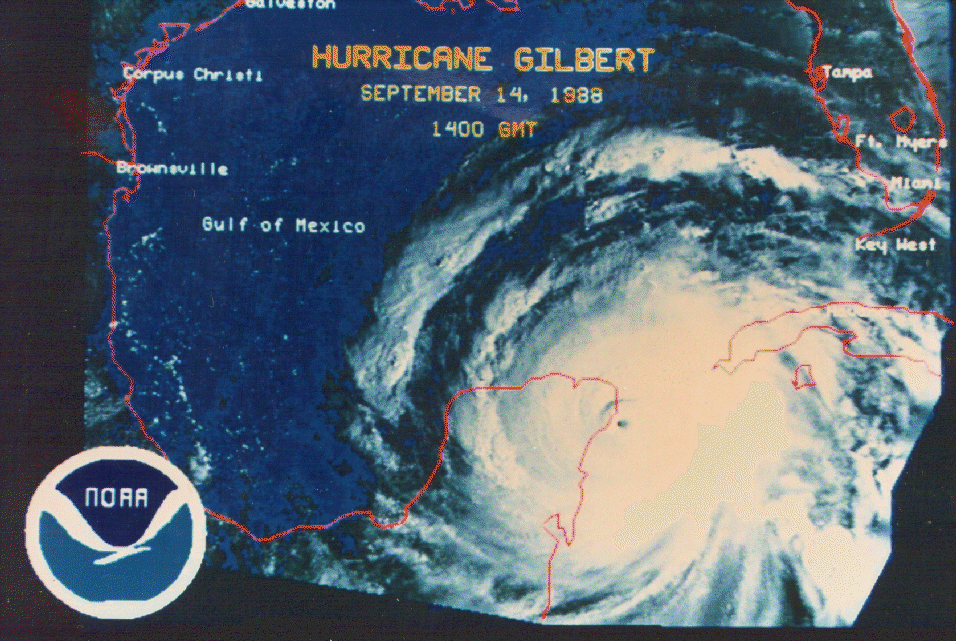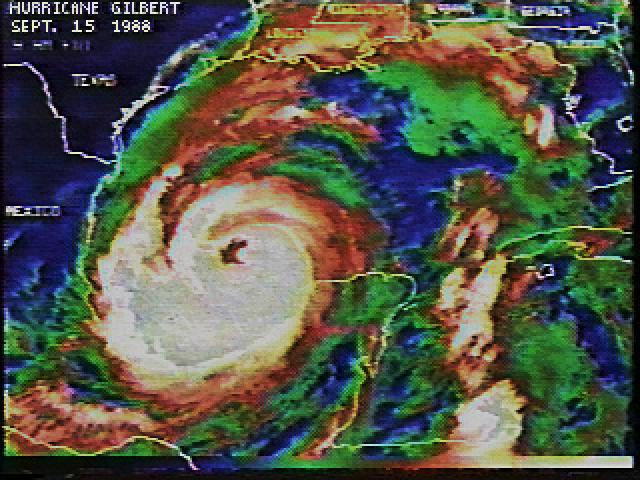Matt-hurricanewatcher wrote:http://www.ncdc.noaa.gov/oa/rsad/gibbs/2005/292/img-2005-10-19-18-goe-12-ir.html
I look at this image of Wilma, and all I can say is that she deserves to be listed near Tips for size.
HURRICANE FORCE WINDS EXTEND OUTWARD UP TO 15 MILES... 30 KM...
FROM THE CENTER...AND TROPICAL STORM FORCE WINDS EXTEND OUTWARD UP
TO 160 MILES...260 KM.
Wait I'm confused, wasn't Tips windfield 1300 miles across? Wilma sounds just a little smaller.








